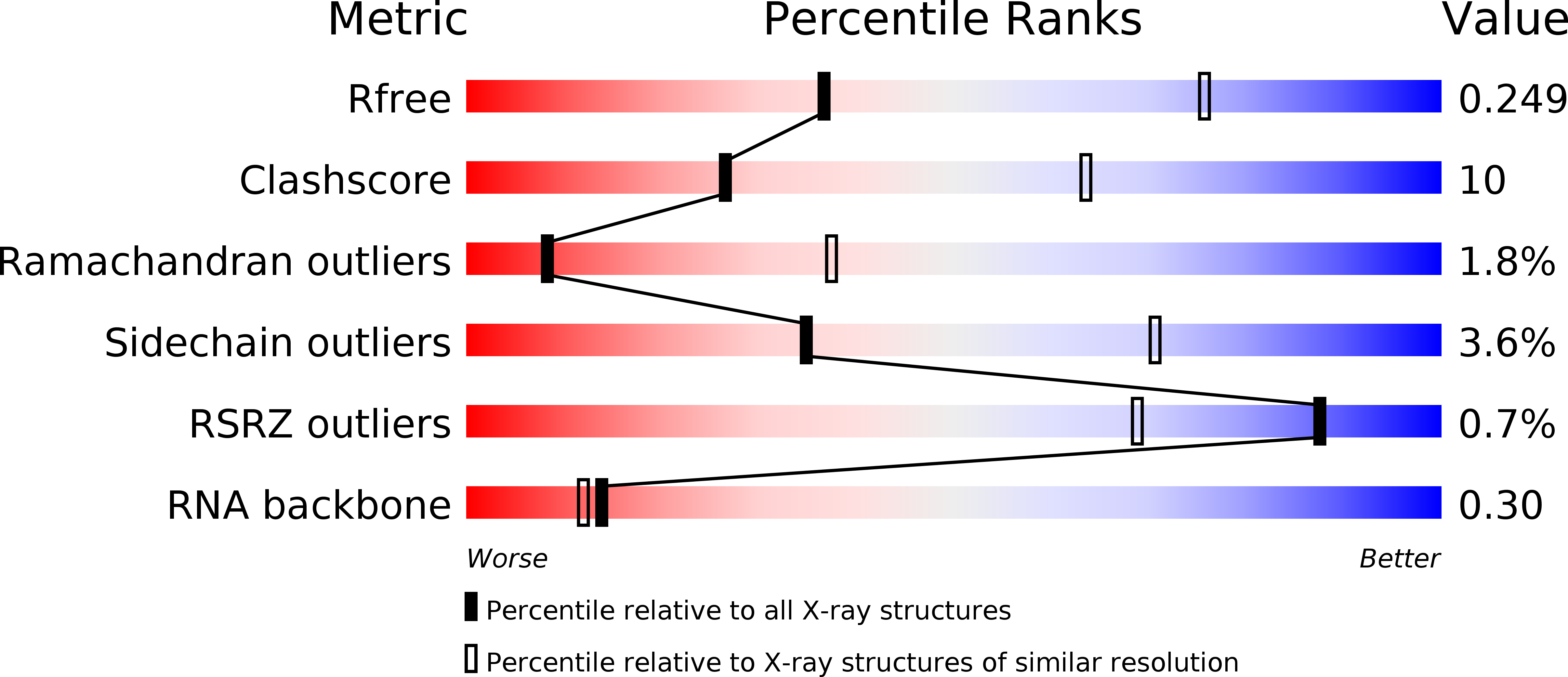
Deposition Date
2015-12-05
Release Date
2016-12-14
Last Version Date
2024-05-08
Entry Detail
PDB ID:
5F6C
Keywords:
Title:
The structure of E. coli RNase E catalytically inactive mutant with RNA bound
Biological Source:
Source Organism:
Escherichia coli (strain K12) (Taxon ID: 83333)
Escherichia coli (Taxon ID: 562)
Escherichia coli (Taxon ID: 562)
Host Organism:
Method Details:
Experimental Method:
Resolution:
3.00 Å
R-Value Free:
0.24
R-Value Work:
0.17
R-Value Observed:
0.17
Space Group:
C 1 2 1


